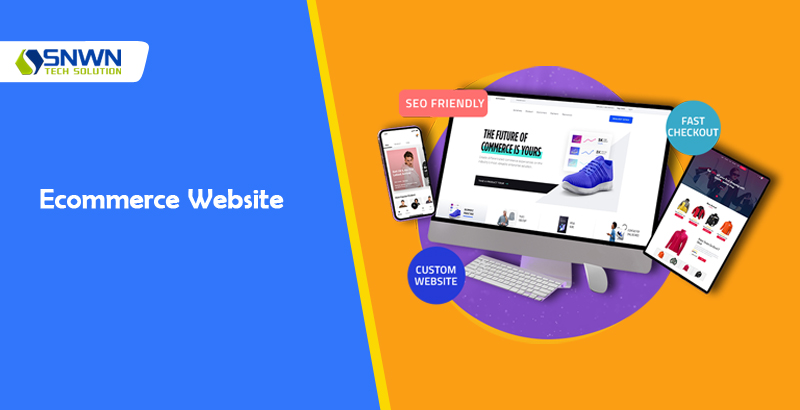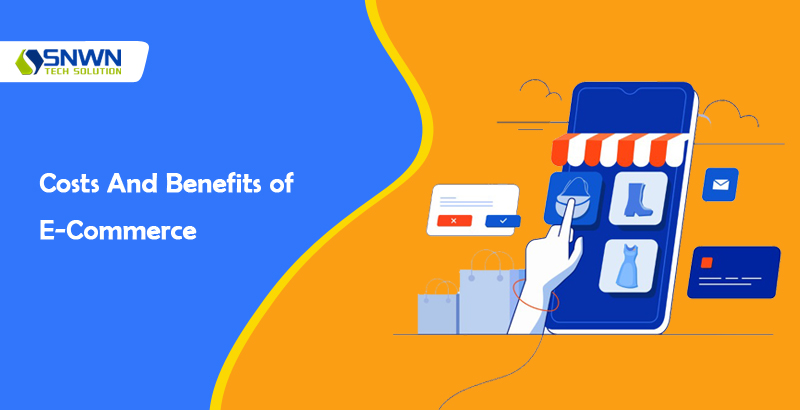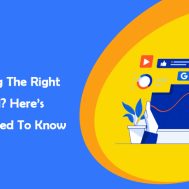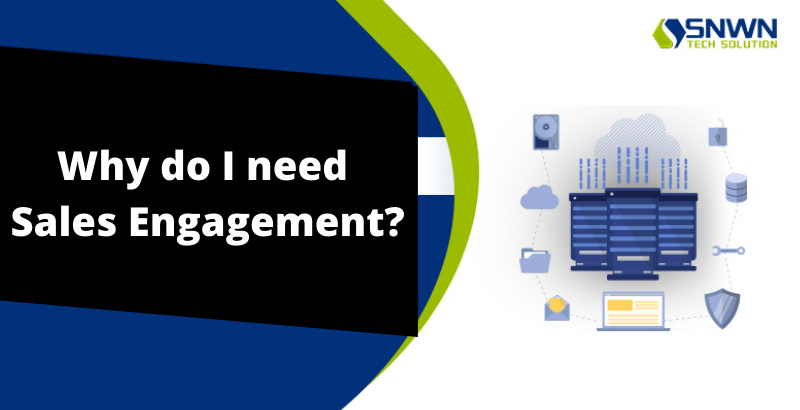With the increasing competition in the business world, new companies are getting launched in the market almost every day.
In an already saturated industry, customers already have their set of preferences for a product or service.
Therefore, to make your business stand out you not just need to understand your target audience but also ensure that you are using multiple channels of sales to reach out to them.
Benefits of employing multiple channel sales strategy to work
- It helps you to reach new customers who do not buy directly from the vendors but prefer buying the same product from resellers or consultants.
If an efficient channel sales program is put to use, your business can easily tap into this market. - If a proper channel sales strategy is used with the help of third-party marketplaces and managed service providers, you can leverage the sales for your business.
- Lastly, starting your business in a new location can accentuate your business if the correct channel sales strategy comes in handy along with it.
Types of sales channels
There are numerous businesses nowadays and each of them has its own needs and requirements. That being said, it is obvious that every business would have a different approach to satisfy their needs and therefore, the channel of sales would also differ.
Earlier, the channels of sales used to be a physical presence like a shop and then a website but now the possibilities are almost endless. Basically, there are two types of selling – direct and indirect.
While direct selling channels allows a customer to buy goods or services directly from the manufacturer, an indirect sales channel makes the product reach the customer through other distribution channels. Listed below are some of the most chosen options by entrepreneurs.
Ecommerce website

It can be a good idea to sell your product or service online as 2.14 billion people worldwide spend hours on the internet for shopping.
Having a website means cutting the cost of having a physical space. However, there are other costs like hosting and development.
Retail outlet
The population of high street shoppers has declined over the past few years. As a result of the cruel blow of the Covid-19 pandemic, the already struggling retailers had to face subsequent lockdowns, thereby leading to the closure of the shop’s doors to the customers.
However, as the nationwide lockdown was revoked, the businesses of bricks and mortar retail stores started bouncing back to life.
Shops selling furniture, homeware, and home improvements are all thriving as people are staying more in their homes and taking interest in decorating them differently.
Also, last year, there was a trend of supporting independent businesses and shopping local to help them thrive.
Third-Party Websites
Third-party websites are those organizations that sell your products in lieu of commission. For each product sold by them, you have to pay a monthly fee to them.
These websites have a usually vast and different audience than your own. Rendering the services of a third-party website allows you to introduce new people to your brand.
Some of the most prominent examples of third-party websites include Airbnb and Booking.com which tie up accommodation providers and offer discounts and offers to customers for staying at a property.
One of the best examples of marketplace retailers is Amazon. Though selling on Amazon might look easy, in reality, it requires a lot of hard work in terms of determining the pricing strategy and advertising to ensure that you can give tough competition to other sellers.
It is mandatory to create a balancing strategy while putting the third-party websites to use.
Then this balancing strategy can be employed for introducing new customers to your brand and then trying to convert them to buy direct through your website next time.
This can be done by sending out physical marketing collateral, like promoting your channel or through leaflets.
If you have your customer’s email address, then that can be used to add them to a nursery email program – GDPR compliant.
Things to consider while choosing your mix of sales channels

It is not necessary to have every sales channel at your disposal. However, it is imperative to sit back and consider if you are using the right sales channels for your products.
This would ensure that your product, service, and most importantly your brand is one the right track to maximize the business’ potential.
You should determine the cost-effective parameter as well as the performance angle while deciding which sales channel is the right one for your business.
It is also essential to continuously test different sales channels as markets change. Here are a few things you should consider when you are deciding which sales channels to choose:
Type of Product
You know your product and you would also know about the target audience more than anyone else.
You should begin by conducting some market research about your customers or potential customers and find out how you can provide them with lucrative offers and what would go against your product.
Market
Think about the market of your product – if you sell it directly to consumers or B2B. It is also important to determine the efficient ways of selling your products by making them easily viable to your customers.
Are your channels competing with each other?
Your sales channels should work towards a common goal instead of competing with each other.
For instance, a business based on network marketing depends on personal relationships between the executives and customers.
Now if they decide to launch an E-commerce site, customers can order food online because of the pre-established relationships. Other websites might also compete with your business by pushing their ranking on Google.
Therefore, it is important to keep a check that your website isn’t suffering if you sell your products somewhere else online.
Costs and Benefits
Determine the costs and benefits of each sales channel before you decide on finalizing them.
You can also take advantage of any trial periods before you fully commit to putting a sales channel to use. You can also keep a track of which sales channel your competitors are using.
Also Read: Top 5 Benefits of Google Workspace for Your Online Business



